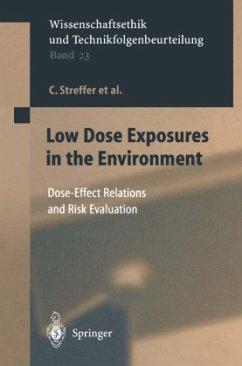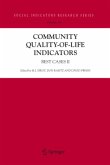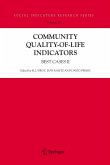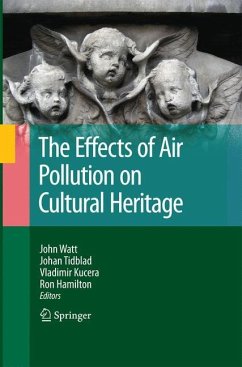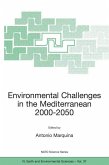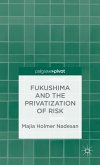The Europäische Akademie Bad Neuenahr-Ahrweiler GmbH is concerned with the scientific study ofthe consequences of scientific and technological advance for the individual, society and the natural environment and, therefore, not least with the study of consequences of recent developments in life-sciences and medical disci plines. The Europäische Akademie intends to contribute to find a rational way for society to deal with the consequences of scientific progress. This aim is mainly realised by proposing recommendations for options of action with long-term social acceptance. The work of the Europäische Akademie mostly takes place in tempo rary interdisciplinary project groups, whose members are recognised scientists from European universities and other independent institutes. In the light of recent discussions on the validity of scientific assumptions con cerning the extrapolation ofharmful effects into the low-dose range the Europäis che Akademie set up a project on "Lew-Dose Exposures in the Environment their Risk Assessments and Regulatory Processes" in January 2001. Experts ofradiobi ology, toxicology, medical epidemiology, modelling,jurisprudence, psychology and philosophy from different European countries wcre brought together to discuss cur rent scientific developments in environmental standard setting and risk evaluation of substances and ionising radiation at very low doses in order to ensure rational, efficient, and fair decisions. I am glad that by means ofthis memorandum, that continues our work on envi ronmental standards and after our recommendations with respect to the regulation ofcombined agents we can now focus on the effects and the regulation ofharmful agents in the very low-dose range.

